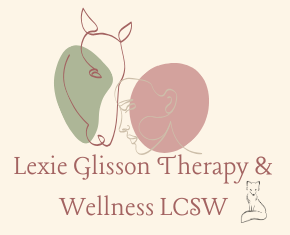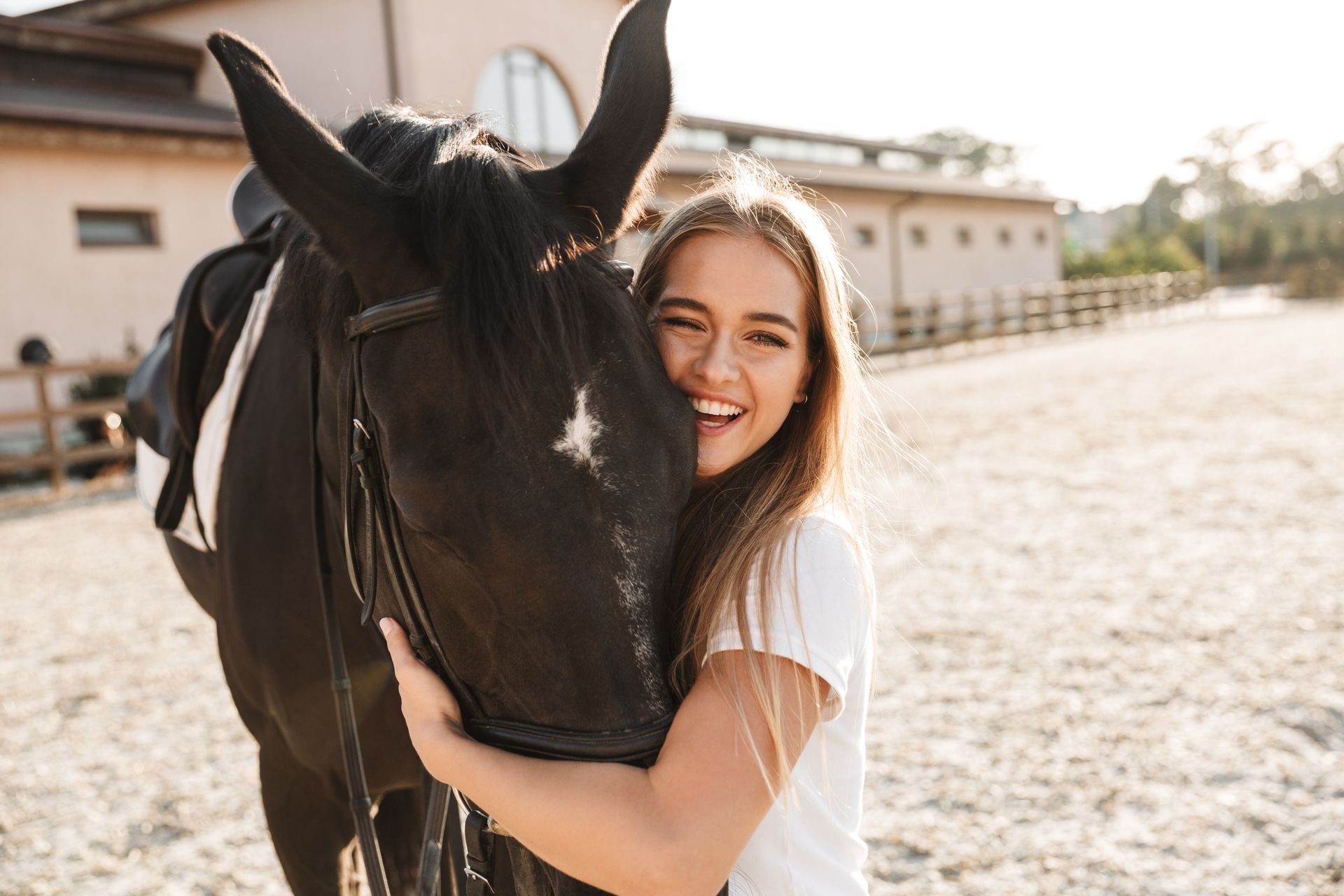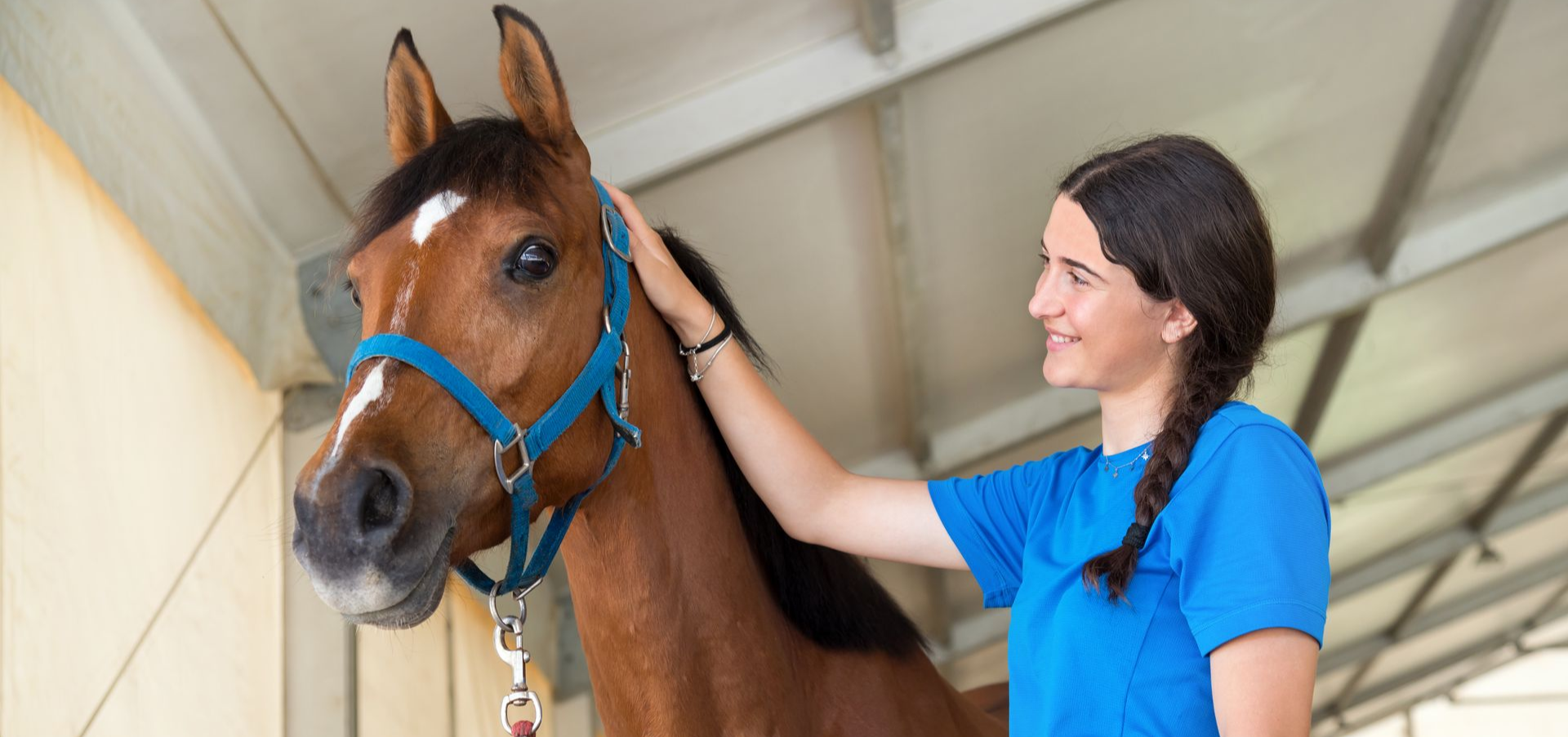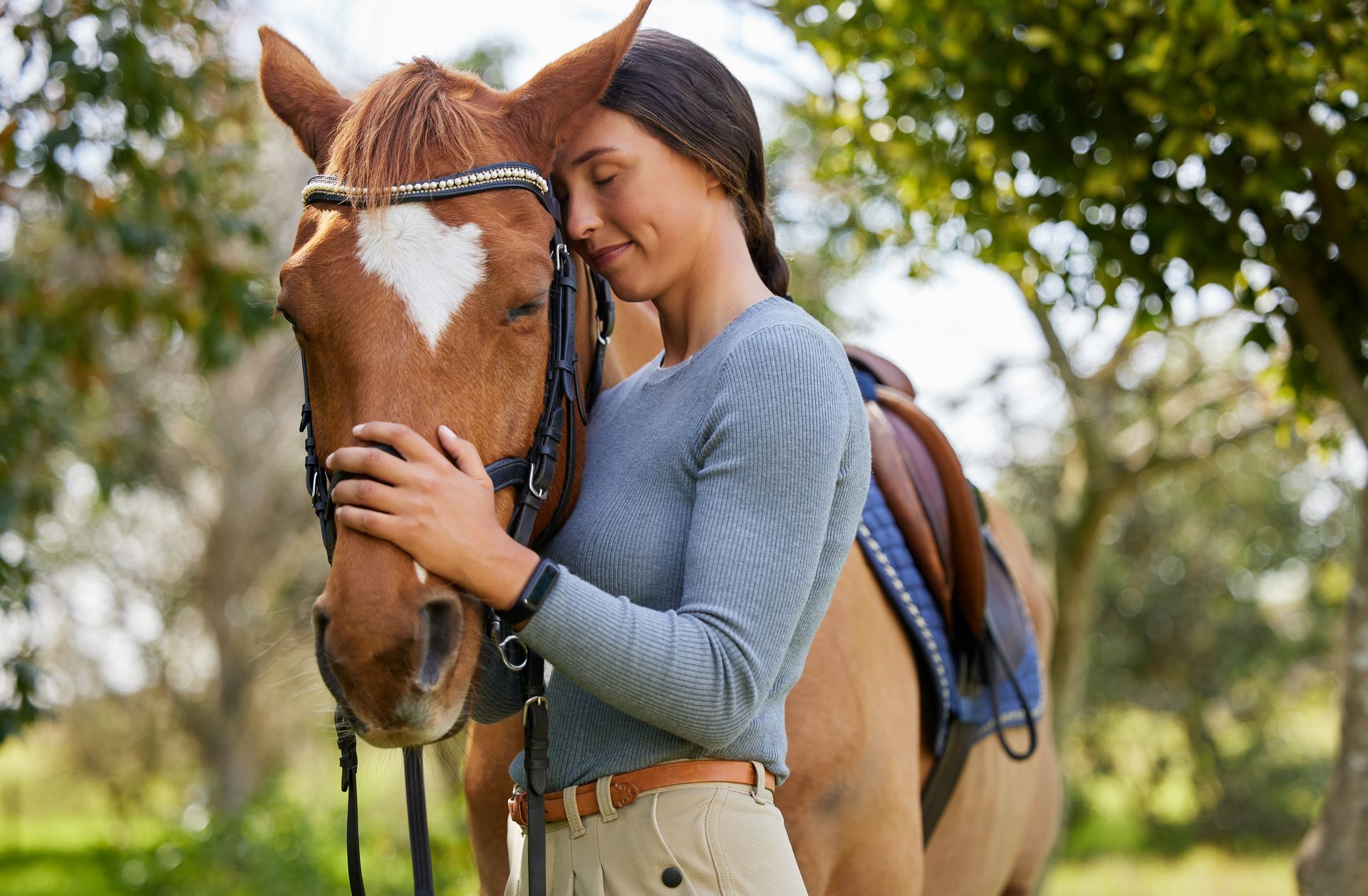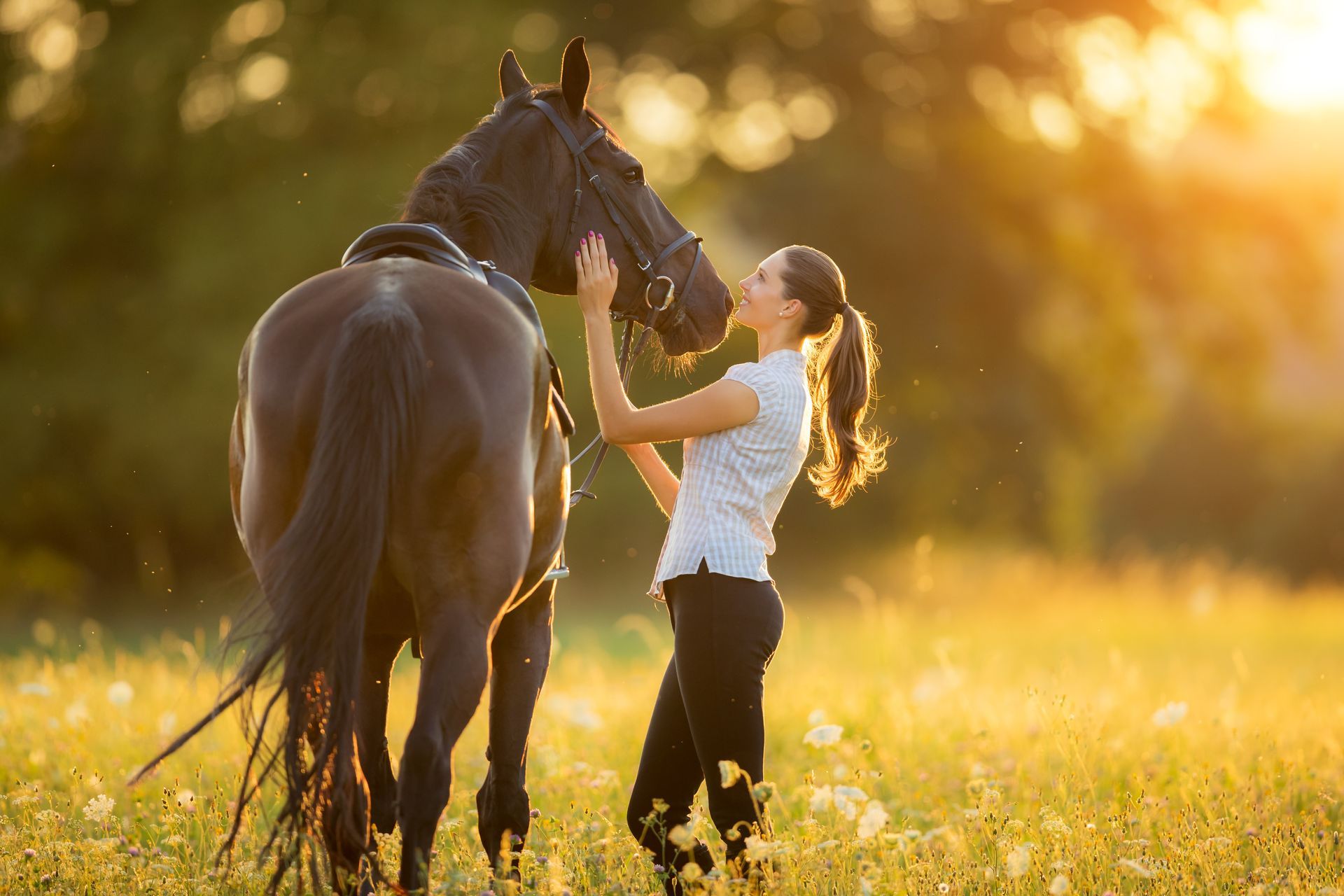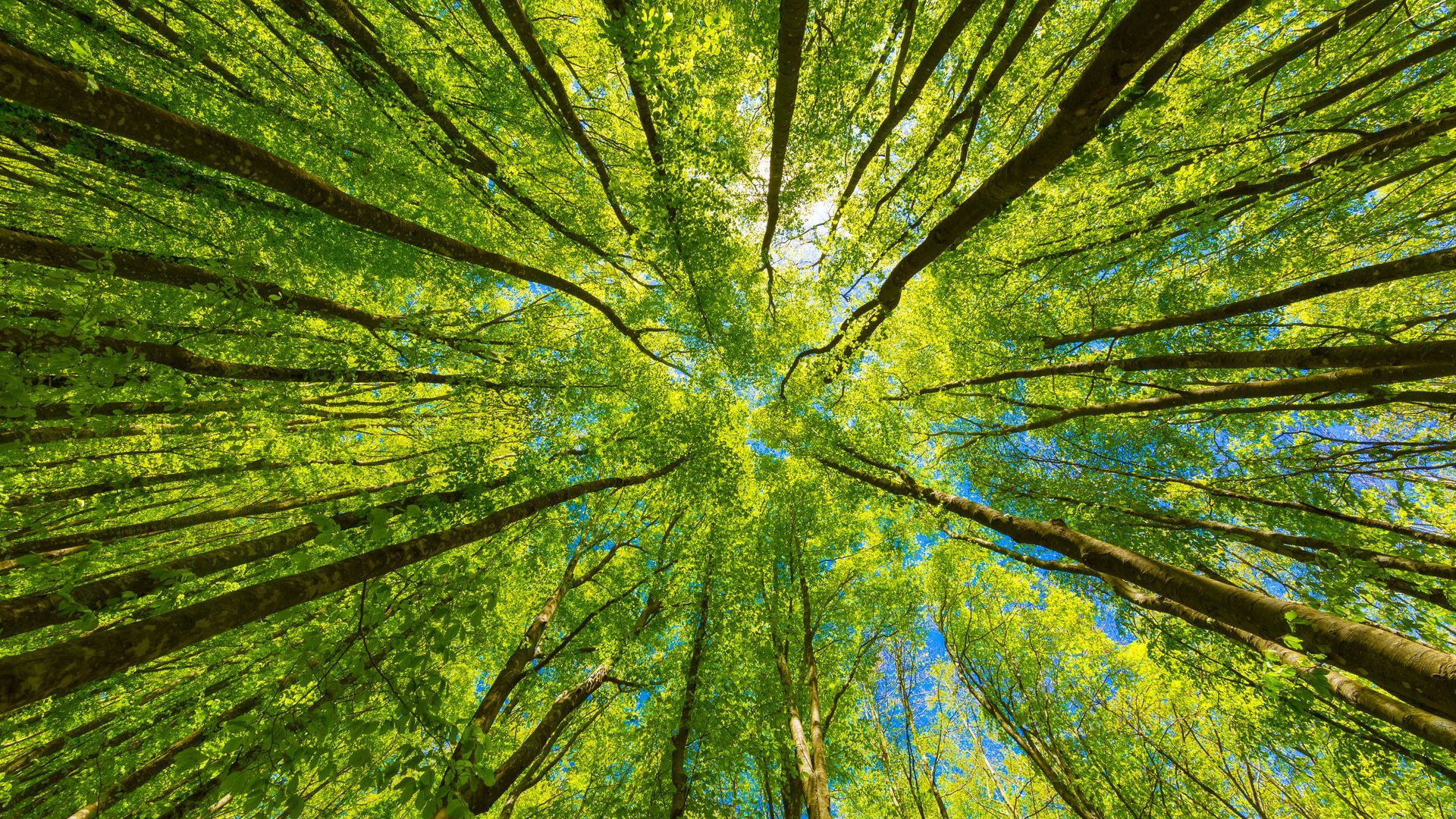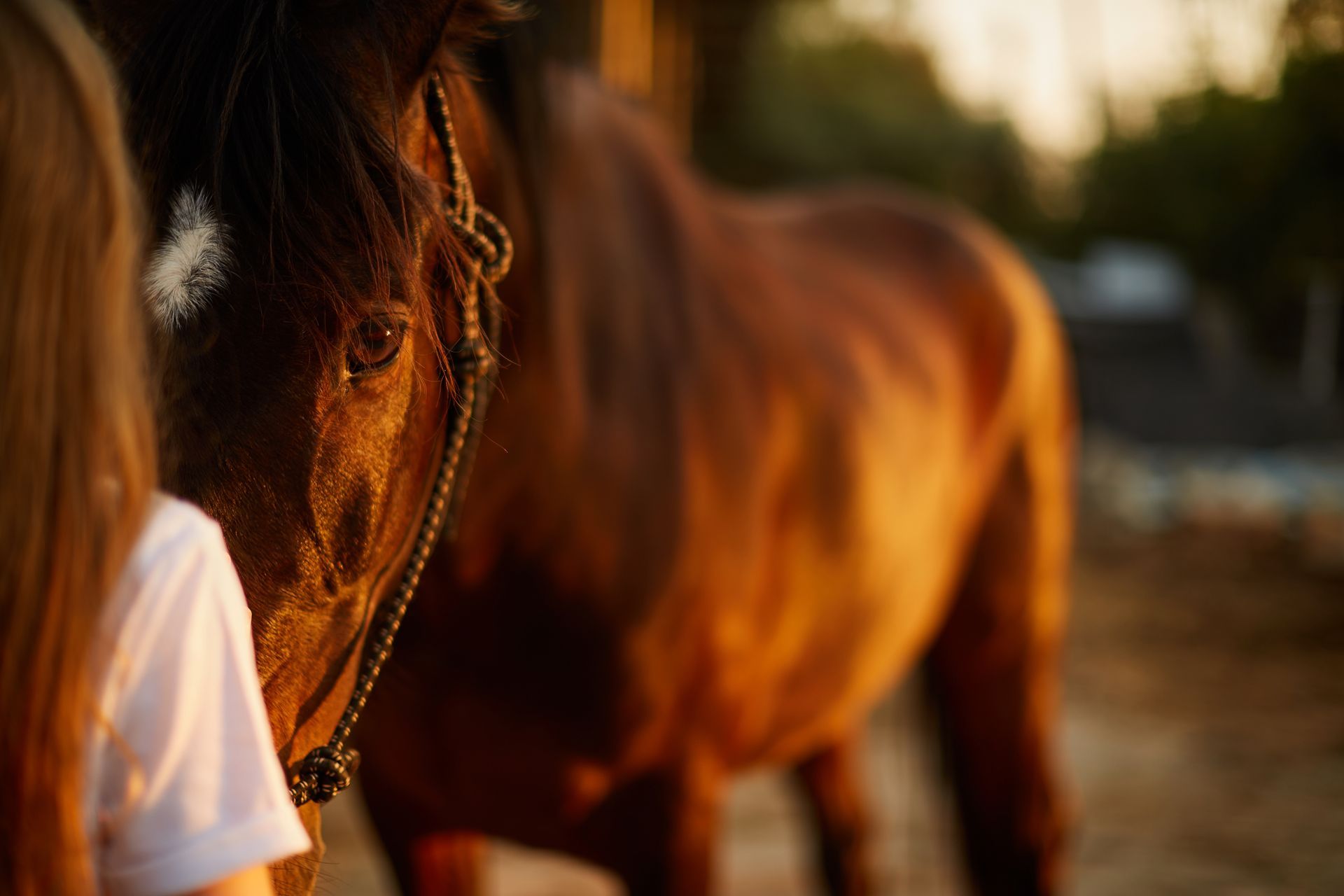What if I told you that the secret to nervous system regulation isn't found in complex techniques or years of therapy, but in something as simple as paying attention? Not just to one thing, but to two things simultaneously: your internal world and your external world. This is what I call dual awareness, and it's the foundation of everything I teach my clients.
What Is Dual Awareness and Why Does It Matter for Mental Health?
Dual awareness means maintaining equal attention to both your internal experience (thoughts, feelings, sensations, breath) and your external environment (sounds, sights, people, surroundings) simultaneously. It's the art of being fully present to what's happening inside you while staying connected to what's happening around you.
This balanced attention is actually how all mammals naturally regulate their nervous systems – except humans have developed one crucial difference that often works against us.
How Are Human Nervous Systems Different from Animals?
Here's the fascinating part: the only real difference between nervous system regulation in humans versus other animals is our prefrontal cortex. While this advanced brain region gives us incredible capabilities like planning, creativity, and complex reasoning, it also creates something that other animals don't experience – psychological suffering around our emotions.
A horse feels fear when there's danger, responds appropriately, and then returns to grazing when the threat passes. Humans feel fear, then create stories about the fear, judge themselves for having fear, worry about future fear, and ruminate about past fear. Our prefrontal cortex, meant to be a gift, often becomes the source of our emotional suffering when we lose touch with the present moment.
What Can We Learn About Nervous System Regulation from Horses?
Think about the wise leader of a horse herd – that experienced mare who keeps everyone safe. She's constantly practicing dual awareness without even thinking about it. She's aware of her own body, energy, and needs while simultaneously monitoring the environment and her herd. She sends appropriate signals of danger when there's real threat, but she doesn't waste energy on false alarms because she knows that would erode the herd's trust and exhaust everyone's nervous systems.
This leader horse embodies perfect nervous system regulation because she maintains that crucial balance between internal and external awareness. She takes care of herself AND the whole herd through this balanced attention.
How Did Animals Teach Me About Nervous System Regulation?
I know this balance intimately because I've lived on both extremes. For years, I found myself flip-flopping between being completely externally focused – hypervigilant, people-pleasing, constantly scanning for threats and trying to manage everyone else's emotions – to swinging completely internally focused, withdrawing from the world, becoming aloof and missing important cues from my environment.
It was my horses and animal companions who became my greatest teachers in finding this balance. I was fortunate to grow up surrounded by animal teachers as a kid and have worked with animals my whole life, because honestly, no human ever taught me how to regulate my nervous system or put these concepts into words for me growing up.
My horses showed me what dual awareness looked like in action. When I was with them, I couldn't fake my internal state – they felt everything I was feeling and reflected it back to me immediately. If I was anxious and externally focused, they became restless and reactive. If I was completely checked out and internally absorbed, they would either ignore me completely or become pushy and disrespectful, sensing my lack of presence.
But when I found that sweet spot – aware of my own body, breath, and energy while simultaneously present to them and our environment – magic happened. They relaxed, connected with me, and we moved together in harmony. They taught me that regulation wasn't about controlling my emotions or forcing myself to be calm. It was about this balanced attention, this dual awareness that allowed me to be fully present to what was happening inside me while staying connected to the world around me.
My therapy dog continues to be one of my greatest co-regulators, constantly modeling this balanced state and helping my clients experience what nervous system regulation feels like in their bodies. All my animal companions have been my teachers in ways that no textbook or human mentor could provide – they showed me the path back to my natural state of being.
What Happens When You Lose Balance in Attention?
When we become too externally focused and abandon our internal world: We become hypervigilant – constantly scanning for threats, people-pleasing, losing touch with our own needs and boundaries. We're like a horse that's always on high alert, sending false alarms to the herd and exhausting everyone's nervous systems.
When we become too internally focused and lose sight of our external world: We become vulnerable, aloof, and miss appropriate cues from our environment. We might withdraw, become disconnected from relationships, or fail to respond to real situations that need our attention.
Neither extreme creates safety or regulation. True nervous system health requires that balanced attention – that dual awareness.
How Can You Practice Dual Awareness in Daily Life?
The beautiful thing about dual awareness is that you can practice it anywhere, anytime. Whether you're:
- Having a conversation with someone
- Driving your car
- Walking in nature
- Sitting in a meeting
- Playing with your children
It simply takes remembering to split your attention between your internal experience and your external environment.
Here's how to start:
- Notice your internal world – What are you feeling in your body? What's your breath doing? What emotions are present?
- Notice your external world – What do you see, hear, smell? Who's around you? What's the energy of the space?
- Hold both simultaneously – Don't choose one over the other. Let your awareness be spacious enough to include both.
Why Is Dual Awareness the Most Important Skill for Mental Health?
In my opinion, developing dual awareness is the absolute most important thing you can possibly do for your well-being and nervous system regulation. It's more fundamental than any specific technique or intervention because it addresses the root of how we orient to life itself.
When you practice dual awareness, you:
- Stay present instead of getting lost in mental stories
- Respond appropriately to real situations instead of reacting to imagined threats - Maintain healthy boundaries while staying connected to others
- Build trust with your own nervous system
- Model regulation for others around you (just like that wise herd leader)
How Can You Return to Your Natural State of Regulation?
This balanced awareness isn't something foreign or difficult to achieve – it's actually your natural state. Watch any animal in the wild, observe young children at play, or notice how you naturally orient when you're feeling safe and regulated. Dual awareness is how we're designed to be.
My job as your therapist is to help guide you back home to this state of being. Through our work together – whether with horses, in nature, or in traditional therapy settings – we practice returning to this balanced attention over and over until it becomes second nature again.
How Do You Start Practicing Dual Awareness Right Now?
Right now, as you're reading this, can you notice what's happening inside your body while also staying aware of your surroundings? Can you feel your breath while also hearing the sounds around you? This is dual awareness in action.
It starts with awareness, then a gentle shift in attention. That's it. No complex techniques required – just the simple, profound practice of being present to both your inner and outer worlds simultaneously.
Ready to come home to your natural state of regulation? I'm here to guide you back to the wisdom your nervous system already knows. Let's practice dual awareness together and discover the peace that's been waiting for you all along.
